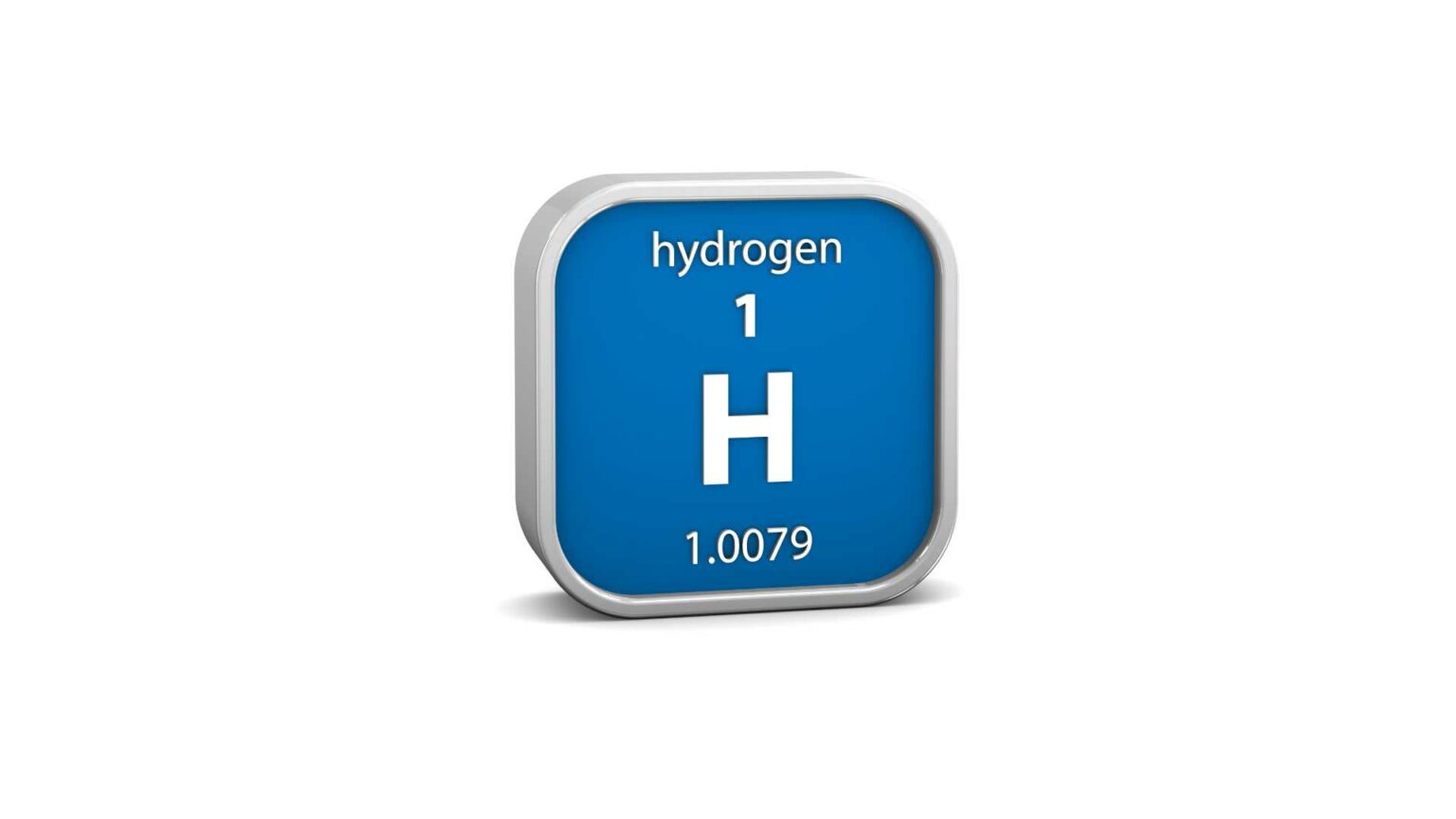This study, titled “Effect of Hydrogen Injection Pressure and Its Variation Law on the Performance of Hydrogen Fuel Engine,” is published in the International Journal of Hydrogen Energy. The authors of the paper are Diming Lou, Senyu Yang, Yunhua Zhang, Liang Fang, Piqiang Tan, Zhiyuan Hu, Guofu Song, and Yonghong Deng.
As traditional fossil fuels contribute to environmental pollution and health issues, there is a growing need for cleaner energy sources. Hydrogen presents itself as a promising renewable energy alternative, as it can be produced with little to no carbon emissions. It has become a key focus in the automotive industry, particularly in the development of hydrogen fuel engines that utilize mature internal combustion technology.
The researchers used a 1D engine model to evaluate how different hydrogen injection pressures and changing pressure patterns affect the performance of hydrogen-fueled engines. Specifically, they analyzed power output, thermal efficiency, and NOx emission under various load conditions and pressure settings.
1. Low Load Conditions
Under low load conditions, raising the hydrogen injection pressure from 5 bar to 25 bar initially improved the engine’s power performance and fuel economy but later led to a decline. The optimal injection pressure was identified at 10 bar, which yielded the highest power of 51.91 kW and a thermal efficiency of 43.25%.
2. Medium and High Load Conditions
In medium and high load situations, increasing the injection pressure from 5 bar to 25 bar resulted in reduced power performance and fuel economy, showing that higher pressures do not always correlate with better outcomes.
3. NOx Emissions
An increase in hydrogen injection pressure from 5 bar to 25 bar resulted in a gradual decrease in NOx emissions by about 2.5% when raised from 5 bar to 15 bar. Beyond this threshold, the emission reduction rate plateaued.
4. Optimal Injection Curves
Among various injection pressure variation laws, the End Peak curve was most effective, enhancing indicated power by 0.4 kW and thermal efficiency by 0.2%, while reducing NOx emissions by around 8%.
5. Near-Zero Emissions
The study found that near-zero emissions could be achieved when the air-fuel ratio (λ) exceeded 2.5, indicating significant environmental benefits from optimizing hydrogen engine parameters.
The research establishes the delicate balance required in setting hydrogen injection pressures to optimize engine performance and emissions.
